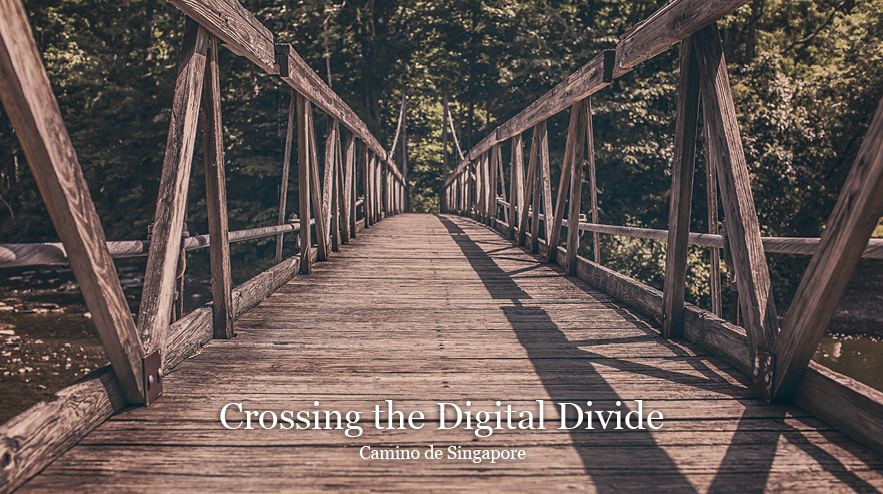No products in the cart.
As we enter the second year of living through the global COVID-19 pandemic, much of our life continues to remain online, especially when social restrictions are introduced or extended. This “virtual” living covers many parts of our life, from meeting friends on video calls to attending Mass online. For some of us, even medical consultations have been shifted to the online space.
In a way, we are fortunate that we are still able to remain connected through technology. This is a privilege that is not necessarily shared everywhere else in the world. However, at the same time, many have raised that this mode of virtual connection can feel quite artificial, and it cannot replace physical, “offline” connection.
From my own personal experience in living through this pandemic, I see a lot of truth in this concern. And yet, there is an even bigger worry. If those of us with good access to digital connections can find it quite a struggle to connect with others virtually, what about the troubles of those left behind in the digital divide, particularly low-income households and seniors? For example, in this COVID-19 era, many seniors are left feeling isolated as they are not able to keep themselves occupied through digital means and they feel trapped in their own homes. Surely, if nothing is done to address this divide, it would only grow in severity as a social issue.
There are many initiatives that seek to bridge this digital divide. As early as the primary school level, the Ministry of Education is striving to make digital literacy and cyber-wellness part of the education journey so that today’s children will not be left behind in the future. For those currently left behind, the Infocomm Media Development Authority has various Digital Readiness programmes that strive to achieve digital inclusion for all, including low-income households, students, adults, seniors and persons with disabilities. The Singapore government has also pledged to work with the United Nations to bridge the digital divide and collaborate with other countries so as to forge a digital future that is “inclusive, innovative and interoperable”.
These are great initiatives! But they might not be enough as no social issue can be solved without the participation of everyone. We too can make a difference in helping others cross this digital divide. We can nominate ourselves or others as Silver Infocomm Wellness Ambassadors who are best-placed in guiding our seniors to go digital. Finally, any attempt to contribute to society should start with our own social circles. If we know of anyone who may have trouble trying to access digital resources, let us try to make the time to reach out to them and do our best to help them. I will start by reaching out to my grandmother. How about you?
Related News
- Singapore will work with UN member states to bridge digital divide: Iswaran (The Straits Times, 28 Apr 2021)
- Digitally estranged, seniors struggle with sense of displacement in pandemic-hit offline world (Channel NewsAsia, 4 May 2021)
Kieran Tan is an aspiring social worker. He is currently studying on a part-time basis, while gaining experience in the social services sector as a Programme Executive trainee at Caritas Singapore. He also enjoys competitive sailing when he has the time for it.

